Darker roast profiles might mean losing terroir, but roasters need to give consumers what they want
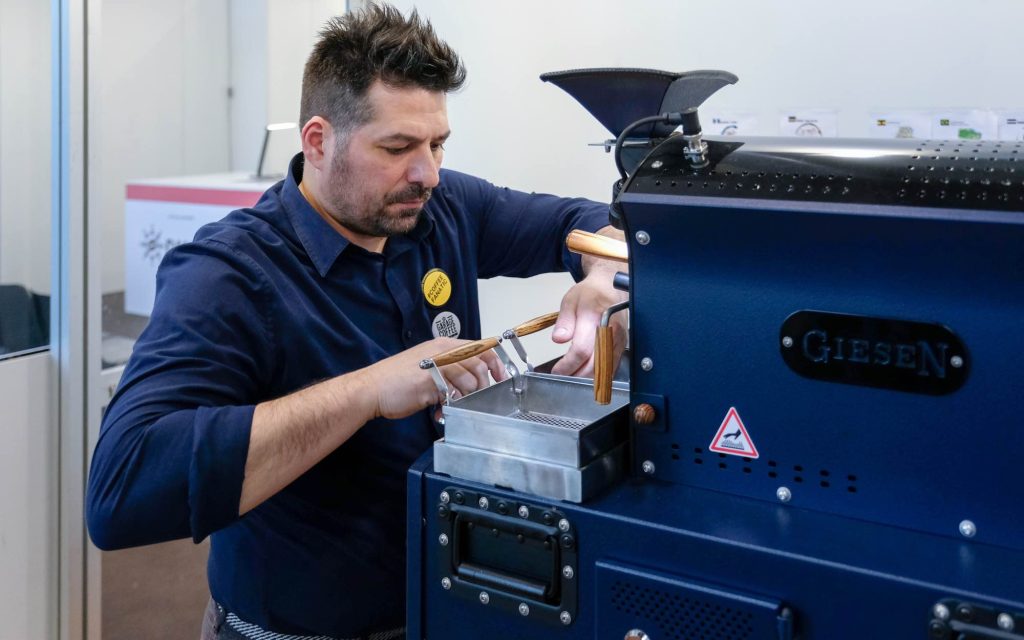
It’s fair to say that specialty coffee roasters pride themselves on their passion for and dedication to offering high-quality, lighter roasted coffee. And for good reason – lighter roast profiles often mean you are able to experience the full spectrum of a coffee’s flavour profile, which more and more consumers are looking for.
As a result, for some time now, there has been a growing sentiment that dark roast profiles are not “welcome” in specialty coffee. This opinion largely stems from the fact that we inherently lose the coffee’s innate characteristics (also known as terroir) when we roast it for longer – and also create more “roasty” and potentially bitter flavours.
But considering that roasters ultimately have to cater to their customers, is this approach fair?
To find out, I spoke with Ola Brattås, roastery and import manager at Kaffebrenneriet, and Davide Cobelli, a coffee consultant and a 2022 World Coffee Roasting Championship semi-finalist.
You may also like our article on the industry’s view on dark roast coffee.
Breaking down the roasting process
There are many chemical reactions that take place during roasting which help to bring out the flavours and aromas in roasted coffee – as well as making the beans more soluble so we can extract volatile compounds.
When we talk about these changes and how they impact flavour profile, we often largely refer to four characteristics:
Bitterness
Acidity
Sweetness
Terroir
Regarding bitterness, the longer you roast coffee for, the more bitter it will taste. The opposite is true for acidity – the longer you develop the roast profile, the less acidic the coffee will be.
Ola manages the roastery at Kaffebrenneriet – a coffee shop chain in Norway. He tells me that as you start to roast darker (ultimately depending on how dark), you will lose more of the sugars – and thereby will have less sweet coffee.
“You also degrade the acids in the coffee, and enhance more of the ‘burnt’ flavours there were already in the beans to begin with,” he adds.
It’s slightly more difficult, however, to objectively talk about the development of terroir during roasting. To start, we should define what we mean by “terroir”.
Understanding terroir
When growing and harvesting coffee, there are many variables that will influence the flavours and aromas that are already “locked into” the seed (or bean) of the coffee cherry – depending on the origin and the variety. We can collectively refer to these variables as “terroir”. This is a French term used predominantly in the wine industry to describe environmental factors, farming practices, and specific growth habitats that affect flavour, aroma, mouthfeel, and aftertaste.
During the roasting process, different flavours based on a coffee’s specific terroir will begin to develop. But at a certain point once the roast profile becomes more and more developed, the coffee will gradually start to lose more of its distinct and unique characteristics.
Defining roast profiles
There are no formal definitions of different roast profiles in specialty coffee, but we largely classify them as light, medium, and dark. These profiles are based on a number of measurements, such as:
Temperature
Total roast time
Colour of the beans (or Agtron measurements)
Timing of “first crack”
It’s also important to note, however, that many specialty and commercial roasters define their roast profiles in different ways. For example, a roast profile that a commercial roaster may consider “medium” might be categorised as “dark” by specialty coffee roasters.
Roast profiles will also vary and depend on the type and brand of machine used, the coffee itself, and the overall flavour profile that the roaster is looking to develop.
Similar attributes in dark roast coffee
Generally speaking, darker roast profiles result in more smoky and roasty flavour notes, which we typically wouldn’t experience with light-to-medium roasts. And because these tasting notes are directly related to roast level, it usually means that more of the coffee’s inherent flavours have been lost. In a way – as the smokier and roastier flavours can often overpower the more delicate qualities of a coffee – darker roasts typically taste more similar to each other.
As well as being a coffee consultant, Davide Cobelli is also an Authorised SCA trainer, a qualified World Barista Championship sensory judge, and the 2020 Italian Coffee Roasting Champion. He emphasises that finding balance when developing a roast profile is absolutely essential – especially for espresso.
“The pronounced acidity found in lighter roasts can sometimes be too much of a barrier to experiencing the inherent quality and flavours of the coffee,” he says. “But when you roast darker, you start losing the better attributes for more undesirable ones.
“At that time, there is the possibility of roasting a great coffee, so you should enhance the innate qualities rather than destroying them,” he adds. “For me, it’s clear that roasting darker means losing quality.”
Why we can’t taste more delicate flavour notes with darker roasts
In order to develop their desired roast profile, roasters need to effectively manage and control the seemingly endless number of chemical reactions taking place during the roasting process.
“Heat transfer to the beans causes many chemical reactions to take place inside them, but too much heat for prolonged periods of time can have a negative impact,” Davide says. “Too much heat will destroy acids, proteins, and sugars, and increase the presence of more bitter-tasting molecules. You will flatten the desirable flavours and instead highlight more of a burnt taste.”
Essentially, darker roasts take on more flavours created in the roaster drum or bed itself – rather than the flavours already in the beans.
“When roasting on the darker side, you burn away most of the volatile compounds that were there to begin with,” Ola tells me. “So the flavours you can taste are more associated with the process of roasting.
“We try to balance it out so that we manage to keep as much of the coffee’s terroir as possible, while still ensuring the coffee soluble is enough to brew, as well as to avoid the unpleasant nutty and malty flavours that come from the earlier stages of the roasting process.”
So does losing terroir really matter?
Both Ola and Davide strongly agree that roasting to darker profiles means losing some (if not all to a certain extent) of the coffee’s innate characteristics.
Given, however, that some consumers prefer darker roast profiles for their more consistent and repeatable sensory profiles – as well as much “bolder” traditional flavours – shouldn’t roasters still offer them?
The important distinction, Davide says, is to truly understand what consumers who enjoy darker roasts are specifically looking for.
“I believe customers who buy dark roasted coffee do so because it’s less acidic,” he says. “For some, acidity may be too present in light and medium roast profiles.”
Carefully choosing your coffee
Ola suggests that when catering to these types of customers, it might be better to buy slightly lower-quality coffee with less delicate and subtle flavours.
“Bold, big, and sweeter flavours will stand out more,” he says. “These flavours are more often associated with processing rather than terroir.
“I think these flavours seem to be able to withstand darker roast profiles better,” he adds. “A super funky, heavily fermented coffee will taste almost the same regardless of origin, variety, or terroir,” he adds.
For many industry professionals and consumers, terroir is one of the most exciting parts of the coffee drinking experience. But for more traditional drinkers, repeatable, consistent, and “bold” flavour profiles are more important.
No matter the preference, roasters should take all into account if they want to attract a diverse range of customers. Conversely, however, specialty coffee roasters may want to stay on brand and only offer lighter roast profiles that best showcase terroir. Their choice ultimately depends on what is best for their business.
Enjoyed this? Then read our article on whether there is a universal way to approach roast profiling.
Photo credits: Davide Cobelli, Kaffebrenneriet, Ola Brattas
Perfect Daily Grind
Want to read more articles like this? Sign up for our newsletter!
The post Darker roast profiles might mean losing terroir, but roasters need to give consumers what they want appeared first on Perfect Daily Grind.
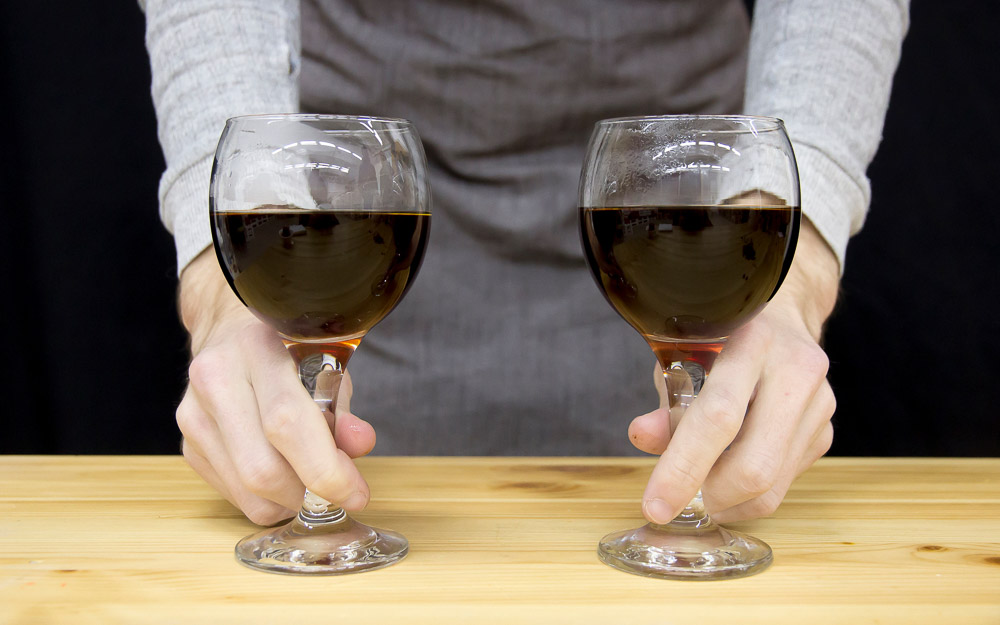
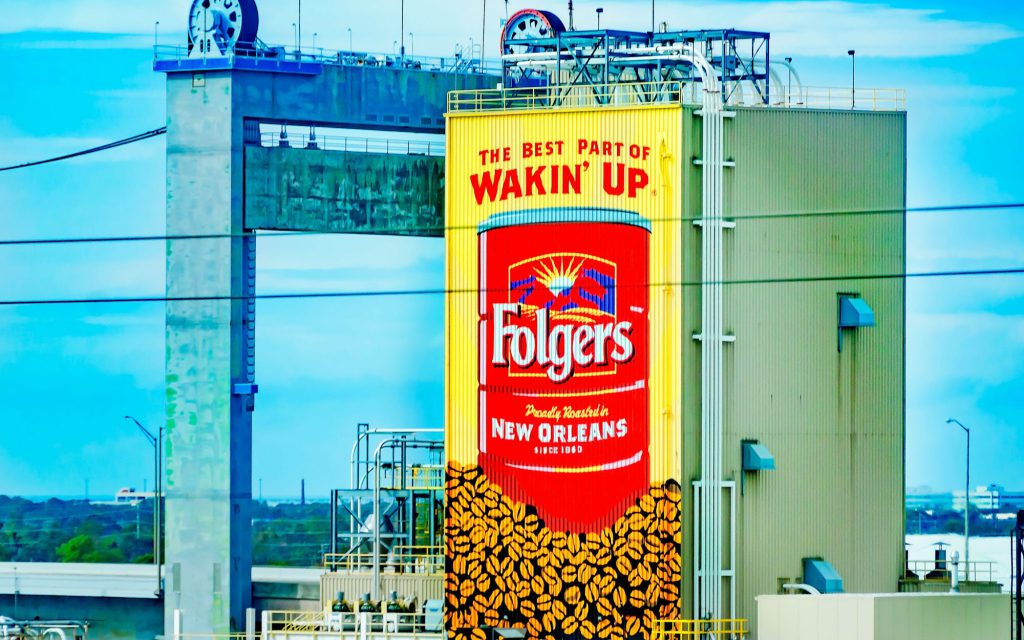
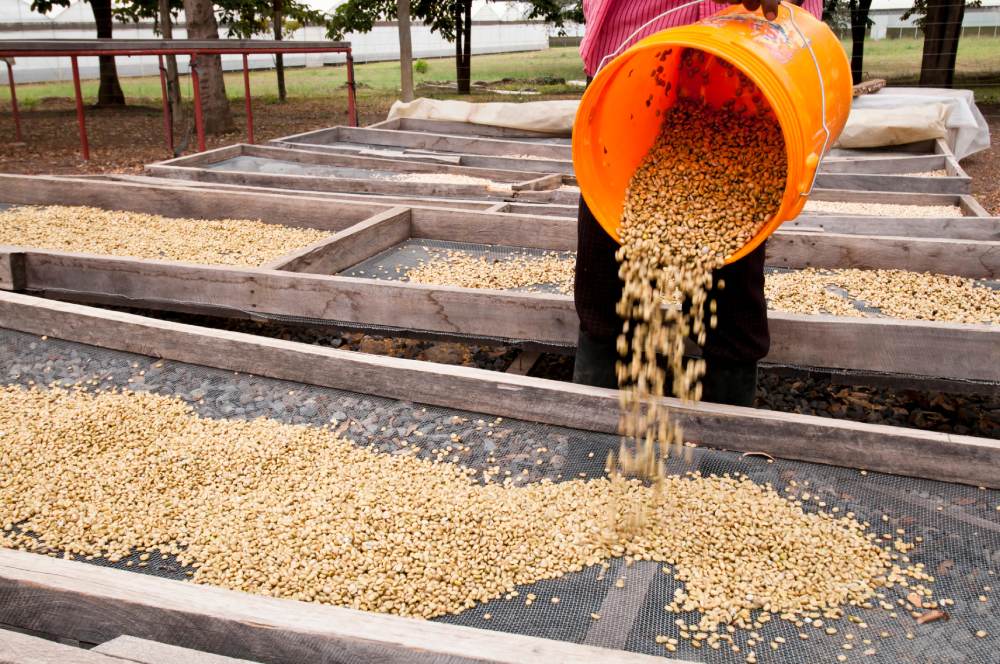
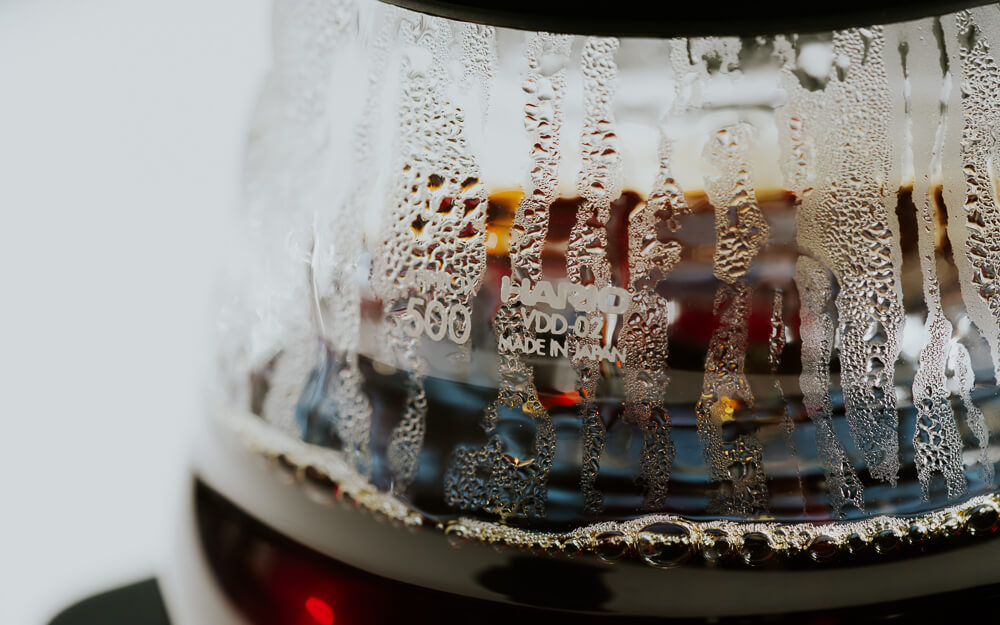
Responses